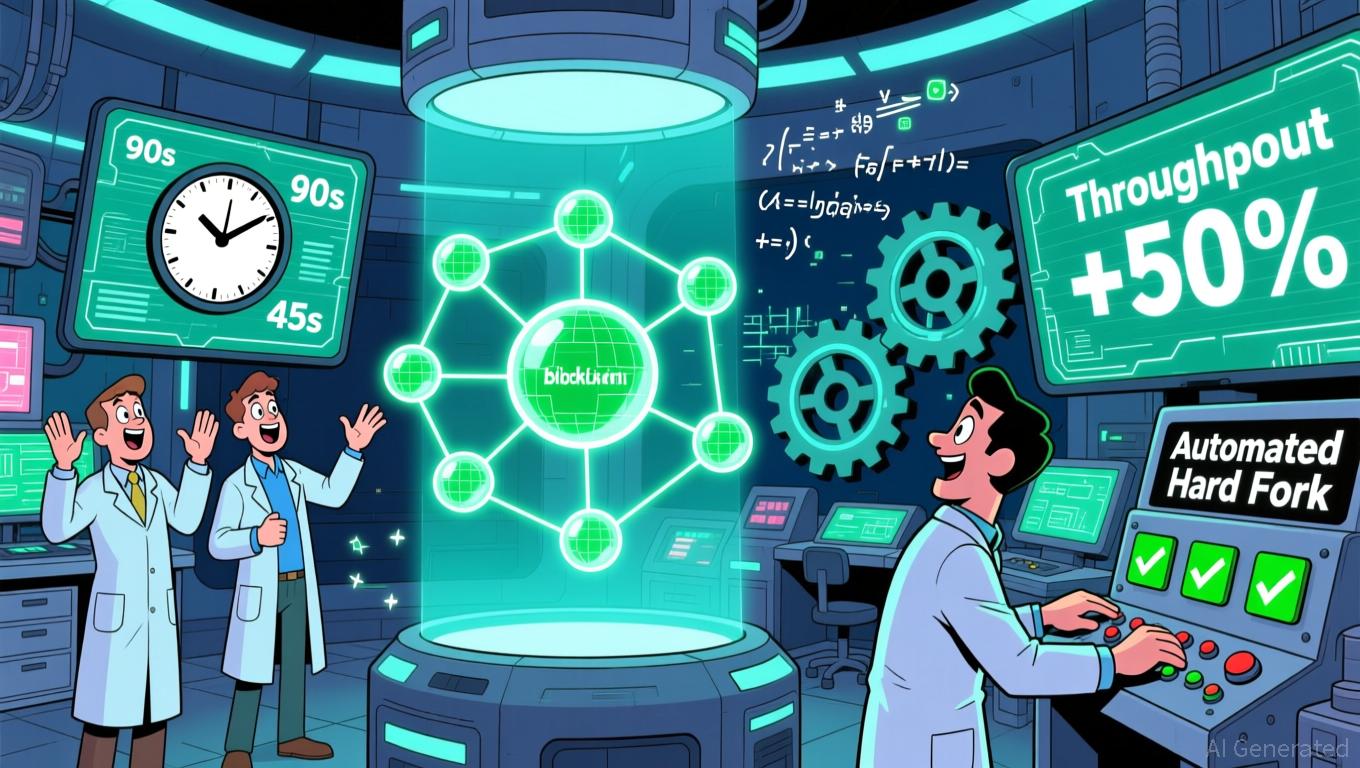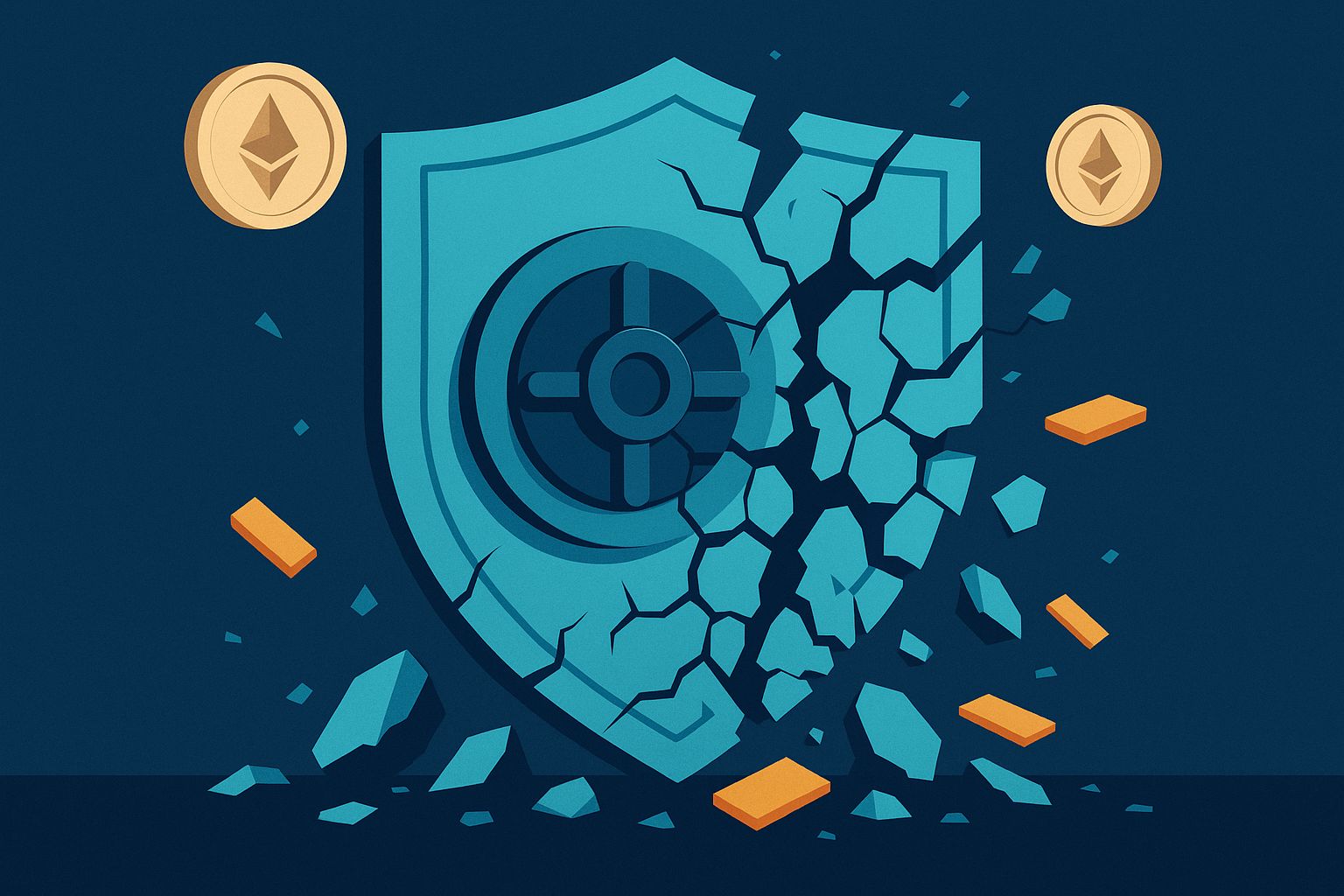Trailblazers Forge Mina’s Mesa Route: Joint Testing Transforms Blockchain Advancements
- Mina Protocol's "Mesa" upgrade introduces faster block slots, expanded on-chain limits, and automated hard forks to enhance performance and developer capabilities. - The five-phase testing plan includes internal validation, testnet experiments, and incentivized community trials to ensure seamless mainnet deployment. - Automated upgrades and expanded zkApp support aim to reduce operational complexity while maintaining network security and accessibility for node operators. - Collaborative testing through T
The
With Mesa, slot intervals will be halved from 180 seconds to 90 seconds, resulting in quicker transactions and a better user experience. The update also increases the capacity for on-chain state and actions/events, enabling more advanced zero-knowledge applications (zkApps) without splitting them into multiple transactions. A standout feature is the automated hard fork system, which is designed to make future upgrades easier by reducing the need for manual steps
The testing plan is divided into five stages, starting with internal checks by o1Labs engineers. This initial step covers unit, integration, and end-to-end testing to confirm features such as the reduced slot time and the new upgrade automation.

In Phase 2, the Mesa Testnet (MT) will be introduced, providing a testing ground for the community to try out new features after the upgrade. The testnet will roll out in two phases: an unstable pre-release for early adopters and a stable, long-term version for broader participation. This allows node operators and zkApp developers to uncover edge cases and share feedback before the full rehearsal begins
Phase 3, called "Mesa Trail," is the most collaborative. Here, a dedicated Upgrade Testnet (MUT) will mimic a complete transition from the current Berkeley protocol to Mesa, replicating mainnet conditions. The Trailblazers Program will incentivize experienced node operators to test the automated upgrade and monitor network health across different hardware and locations. At the same time, zkApp developers will check their applications for compatibility and performance in the upgraded setting
Phase 4 centers on ecosystem checks, working with exchanges, wallet providers, and infrastructure partners to ensure everything works smoothly with the new protocol. This phase confirms that third-party services, such as RPC endpoints and explorers, remain fully functional after the upgrade
The Mesa upgrade highlights Mina’s dedication to stability and openness. By involving the community in multiple testing phases, the protocol is building a strong base for future growth. For developers, Mesa opens up new opportunities for zkApp development, while the automated upgrade process reduces the workload for node operators.
As the upgrade moves forward, all stakeholders are invited to join in testing, governance, and MIP discussions to help shape the final result. Each stage adds confidence in the process, reflecting Mina’s core values of transparency and teamwork, and ensuring the next chapter of the protocol is as secure and user-friendly as ever.
Disclaimer: The content of this article solely reflects the author's opinion and does not represent the platform in any capacity. This article is not intended to serve as a reference for making investment decisions.
You may also like
Hyperliquid’s $5m wipeout shows how DeFi vaults can collapse from within

Ether eyes $3,900 as Whales accelerate buying pressure

LABITCONF 2025 and Latam Epayment Summit Lima 2025: Future of Fintech and Crypto Payments

61% of institutions plan to boost crypto exposure despite October crash: Sygnum
